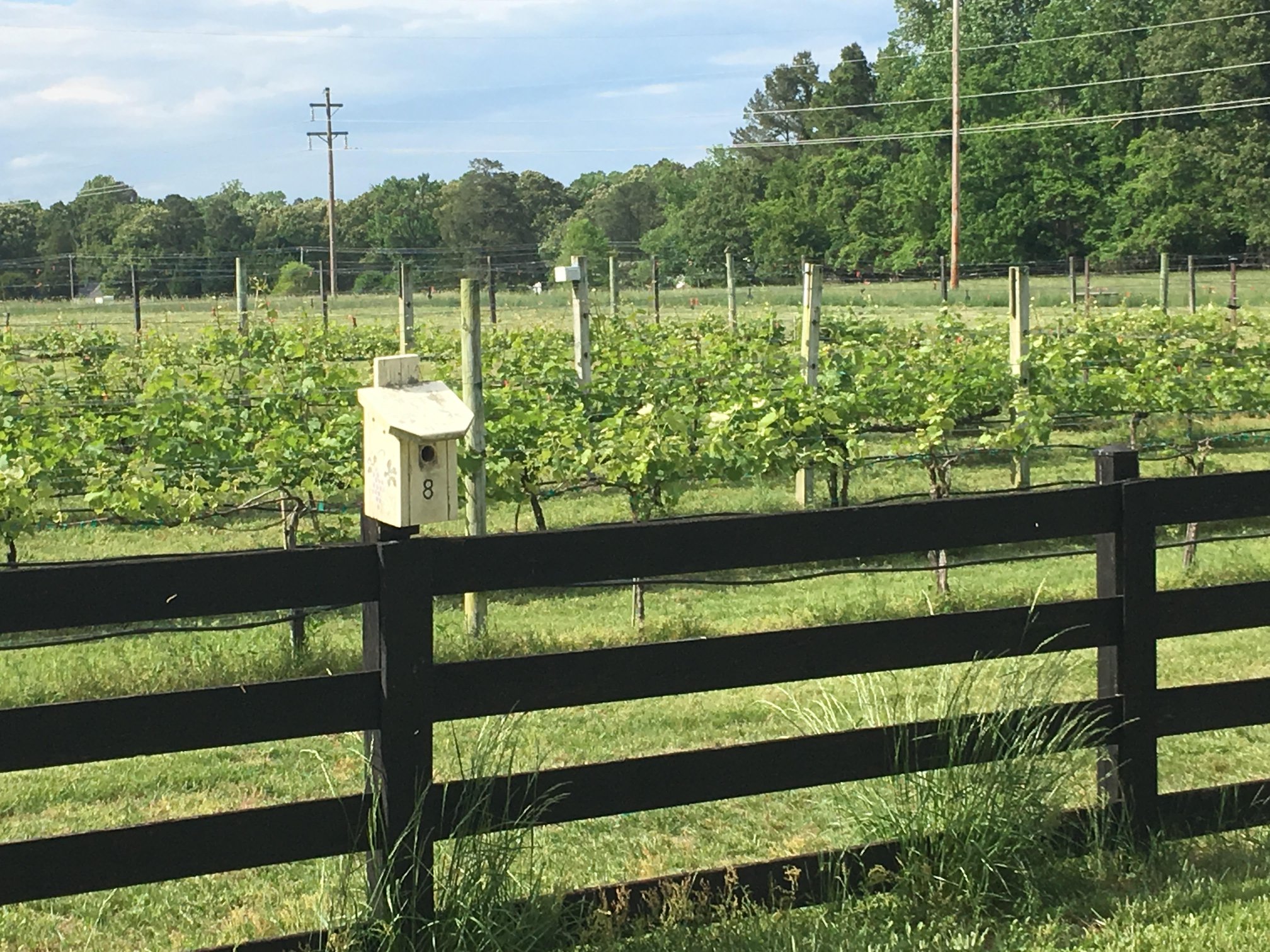Did you know…

“It’s bluebird nesting season again at Summerseat Farm! The Eastern Bluebird (Sialia sialis) is a bird of the open country and has long been associated with farms. They’re cavity nesters that would have historically nested in abandoned woodpecker holes on forest edges, but they adapted to use the holes frequently found in wooden fence posts around pastures and farm fields like those at Summerseat. Fortunately for us, they also readily
accept the wooden nesting boxes that we place on those same fence posts. About 25 boxes (with more planned) are strategically placed around the farm, allowing each bluebird family ample space without inviting territorial squabbles. Males are recognized by their vivid blue backs, tails and wings, along with rusty red breasts. Females are similar, but lack the red breast.Male bluebirds stake out suitable nesting locations and attract the females, who then proceed to build the nests. The bluebird nest is described as a tidy cup of pine needles and coarse grasses, lined with finer grasses or even horse hair or turkey feathers, which are found readily on the farm. A clutch of 2-7 (but more typically 3-5) light blue eggs is incubated by the female for a period of 11-19 days before hatching. The hatchlings then spend another 17-21 days in the nest before “fledgling” or leaving the nest.
A pair of bluebirds, in the long Southern Maryland spring and summer period, can successfully rear 2 or 3 broods in a single season! Bluebirds aren’t just beautiful, they’re also quite helpful, eating a wide variety of insects (including caterpillars, beetles, crickets, grasshoppers, and spiders) during the warmer months, before switching over to fruits and berries in the colder fall and winter months. Some of our hardier birds will overwinter here in southern Maryland, utilizing nest boxes communally for warmth, but will make short distance migrations to escape heavy snow or extremely cold temperatures. Enjoy the sighting of bluebirds around the farm, but please resist the temptation to peek inside the boxes, as the disturbance may cause a nest to be abandoned. Please report any boxes in need of repair by referring to the number inscribed on the front of each box.”
Thank you Kyle Rambo for sharing this great information about the bird boxes here at Summerseat!
